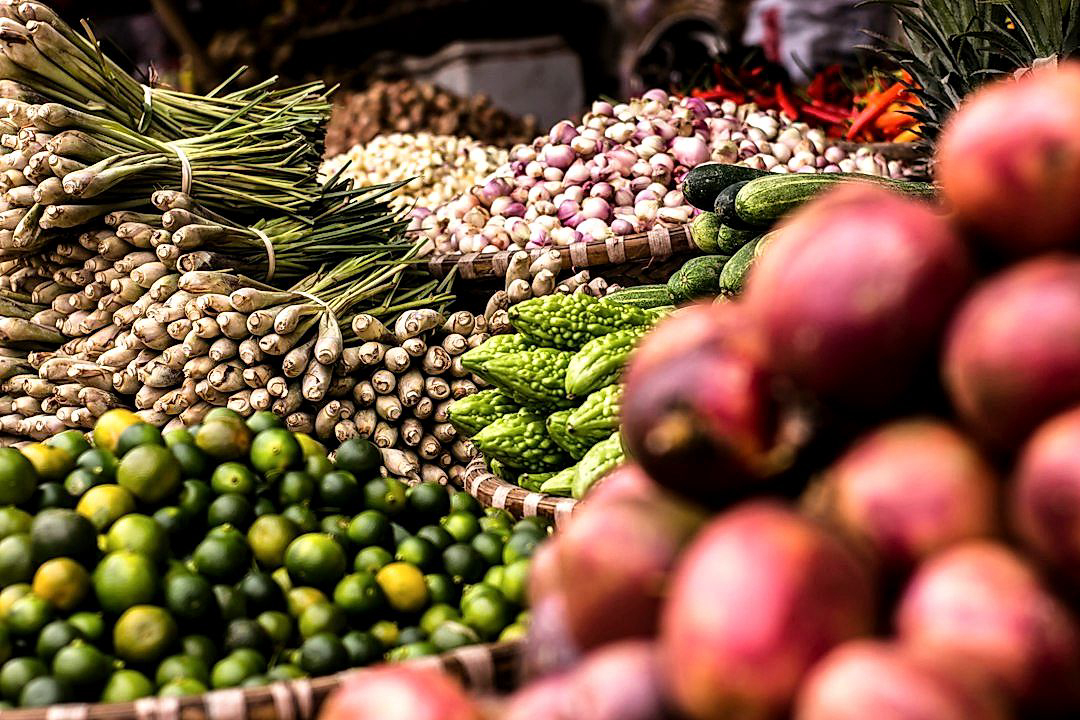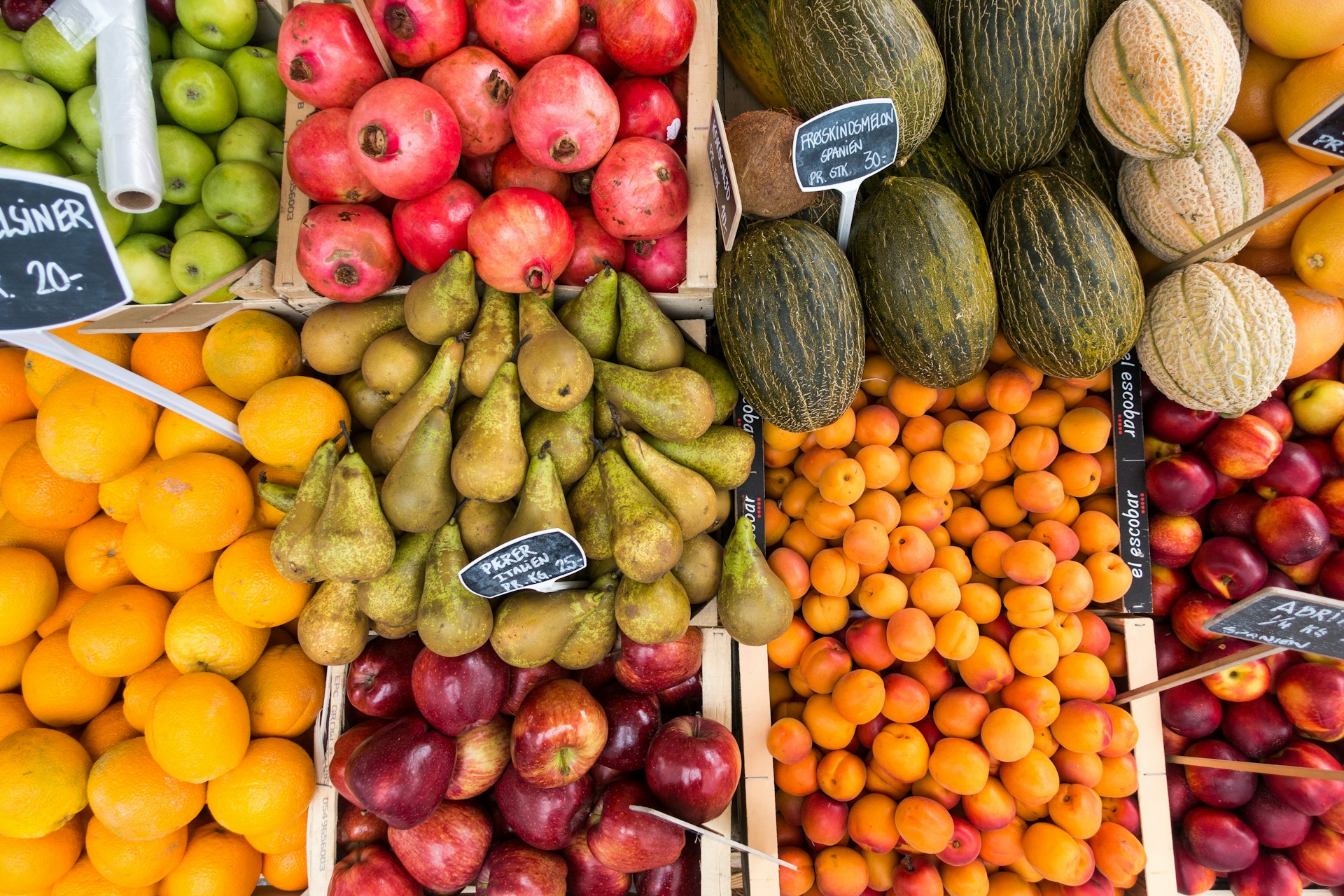The agro-industrial sector is continuously evolving, largely driven by stringent health and safety regulations.
In this era where safety is paramount, the concern extends to not only agricultural practices but also the packing of produce.
Ensuring clean, safe, and healthy products reach our tables has become a priority that has sparked significant transformations in the sector.
The introduction of advanced packing techniques and adherence to stringent safety standards have substantially mitigated health risks.
This has not only brought about a paradigm shift in the produce packing industry but also benefitted consumers tremendously.
Let’s delve into how safety standards are reshaping the way producers pack, and thus, protecting consumers.
Contents
Health & Safety Standards Transforming Produce Packing
1. Use of Personal Protective Equipment (PPE)
Personal Protective Equipment, or PPE as it is commonly known, is a crucial element in guaranteeing the health and safety of employees in the produce packing industry.
PPE acts as a physical barrier between workers and potential hazards present in the workplace, reducing the chance of accidents or sickness.
The use of PPE is essential in the produce packing industry where workers often handle sharp equipment, heavy objects, and potentially harmful substances.
Types of PPE used in this industry include safety gloves, protective footwear, hearing protection, and special clothing.
Implementing a strong PPE program ensures not only the physical well-being of the workforce but also aids in fulfilling regulatory requirements set by health and safety authorities.
Each piece of equipment serves a specific purpose and provides protection against certain hazards. For instance, safety gloves protect workers from cuts and other injuries when handling sharp tools and equipment.
Suitable protective footwear helps prevent foot injuries due to falling objects or from stepping on sharp objects.
Hearing protection is critical in areas where high noise levels are a constant feature, common in many packing factories.
Special clothing, such as high visibility vests, ensure that workers are seen at all times, reducing the risk of accidents.
However, it’s vital to note that the use of PPE is only effective if workers are trained properly to use them. Workers must understand the correct techniques in wearing, removing, and maintaining their protective gear.
Also, the Personal Protective Equipment must be kept in a good condition and should be replaced if it shows signs of wear and tear.
PPE is a tool and just like any other tool, it won’t work effectively if it isn’t in good working condition.
It’s also crucial that PPE is comfortable for the worker to wear for a longer duration, and that it does not obstruct the worker’s ability to carry out their job.
This is why it’s essential to choose the right PPE for each worker and the task they are involved in.
Let’s not forget that safety equipment manufacturers are continuously innovating to provide PPE that offers improved protection and comfort.
Remember, a well-executed PPE program promotes a safety culture within the organization and contributes to a healthier, happier, and more productive workforce.
2. Strict Sanitation and Hygiene Practices
The protection of the public from foodborne diseases and harmful substances is a primary responsibility for the produce packing industry, and it starts with strict sanitation and hygiene practices.
The implementation of stringent hygiene rules for workers, including frequent and proper hand washing, is an essential aspect of these practices.Regular hand sanitation with soap and water is a simple yet effective measure.
Cleanliness is equally vital in the packing environment, and efficient cleaning schedules ensure contamination risks are reduced.
Employing the use of disinfects and advanced cleaning equipment helps maintain the sterility of the packing facility.
Regular maintenance and deep cleaning of all machinery and tools used in the packing process is another essential aspect of a robust sanitation practice.
These regular maintenance activities reduce potential hazards, such as the buildup of harmful bacteria.
The use of food-grade sanitation chemicals is warranted especially when cleaning surfaces that come into direct contact with the produce.Such chemicals are effective in eliminating any residual bacteria or viruses.
Establishing stringent waste management practices is a crucial element of overall hygiene procedures as improper disposal can breed harmful microorganisms.
Implementing a proper waste disposal system that segregates waste effectively reduces the risk of cross-contamination.
Consistent training and education for all workers about the importance of hygienic practices ensure they stay up-to-date with the latest safety standards.
For such training to be effective, it needs to be done in a language that workers understand and take into account their cultural beliefs or practices.
Moreover, internal monitoring is vital for strict hygiene protocols. It ensures safety procedures are duly followed, and any breaches are promptly identified and corrected.
Packing plants should perform regular self-inspections to ensure all sanitation and hygiene practices are being followed.
Adherence to these practices not only sustains the sector’s market reputation but also keeps businesses compliant with national sanitation laws, thereby avoiding penalties.
Above all, it’s essential to remember that these sanitation and hygiene practices are not static, but dynamic, and should continually evolve with technology and research.
In this way, the produce packing sector can continually enhance the safety and quality of their products to the greater benefit of the public.
3. Hazard Analysis and Risk-Based Preventive Controls
In the complex world of produce packing, a key element for maintaining health and safety standards is the implementation of Hazard Analysis and Risk-Based Preventive Controls (HARPC).
This vigilant approach not only identifies and assesses potential hazards in the produce packing pipeline, but also implements measures to circumvent them from becoming serious threats to health and safety.
The HARPC plan transcends common reactive practices by implementing a prevention-oriented approach, which is paramount in ensuring the safe packing and handling of produce.
The HARPC approach goes beyond just addressing traditional food safety issues by also encapsulating the integrity of worker safety and the prevention of occupational hazards in the produce packing industry.
Potential hazards in produce packing are multifaceted, ranging from microbiological, chemical, to physical hazards.
The preventive controls instituted under the HARPC help to effectively manage these risks and can lead to significant improvements in the overall health and safety standards of the industry.
These controls can be classified into various categories ranging from process, food allergen, sanitation, supply-chain to a recall plan, thus offering a comprehensive and multi-faceted approach to produce safety.
Furthermore, the regulations set under the Food Safety Modernization Act (FSMA) require companies in the produce packing industry to implement the HARPC approach.
This mandate is a testament to the effectiveness and significance of HARPC in upgrading the industry’s health and safety standards.
It is crucial that the risk-based preventive controls are tailored according to the specific needs and challenges of each individual produce packing operation.
This implies that a broad and all-inclusive understanding of the full spectrum of potential hazards in the convert-operation is crucial in formulating adequate preventive controls.
A critical step in the HARPC is the monitoring of controls to verify if they are effectively addressing hazards in real-time and are being accurately applied.
Moreover, proper documentation and record-keeping is essential in ensuring accountability and traceability in the event of any health or safety issues.
The implementation of Hazard Analysis and Risk-Based Preventive Controls is beneficial not only from a safety aspect but can also lead to enhanced productivity and efficiency in the produce packing process.
Therefore, the incorporation of HARPC methods is a step towards more sustainable and safer practices not only for the industry but also from a global health perspective.
4. Effective Food Allergen Management
As we delve into the transformation of produce packaging through health and safety standards, one important aspect to consider is the effective management of food allergens.
Undeniably, this aspect becomes increasingly important, especially as global food-related allergies prevalence increases.
The direct consequences of mishandling food allergens are not only potential harm for consumers, but it can also lead to substantial financial and reputational damage for the companies involved.
Allergen management starts at the field level, and extends all the way through harvesting, processing, packaging and labelling, underlining a critical component in the holistic approach to improving health and safety standards in the produce packaging sector.
Allergen management systems’ quality can vary greatly, however, it is critical to be up to date with the latest scientific findings and evolving regulations.
Moreover, thorough training of staff not only to recognize allergens but also to handle them properly is a key aspect of effective allergen management.
Such training programs should be designed to provide a practical understanding of the processes so employees can identify potential allergen cross-contamination points and be proactive in resolving any issues arising.
Also, implementing strict segregation policies for allergenic ingredients both in terms of storage and during processing is an essential component of allergen control protocols.
In addition to segregation, frequent and thorough cleaning of equipment and facilities is another effective method for reducing the risks of allergen cross-contamination.
Equally important is the accurate and transparent labelling of packaged products, as it allows consumers to make informed choices based on any food allergies or sensitivities they may have.
Creating a comprehensive allergen management plan draws on a combination of educating staff, segregating allergenic ingredients and accurate labelling.
This will ensure the safety of consumers, meet regulatory requirements, and ultimately contribute to the continued growth and credibility of the produce packing industry.
Therefore, when considering the transformation of produce packing through the lens of health and safety standards, strategies and actions put in place to effectively manage food allergens emerge as a major aspect of this change.
It demonstrates the industry’s commitment not only to consumer safety but also to operational excellence and continuous improvement.
5. Regular Health and Safety Audits
Regular health and safety audits serve as an essential component in maintaining high standards within the produce packing industry.
As part of these audits, all processes, from preliminary agricultural protocols to the final packaging are rigorously reviewed.
One of the key functions of these audits is to ensure strict adherence to health and safety regulations.
Robust health and safety audits play a critical role in underpinning the integrity of produce packing practices
They check for potential risks and hazards, significantly contributing to creating a safer working environment.
As a result of frequent audits, any deviations from established standards can be quickly identified and rectified.
These audits are also instrumental in guaranteeing that all protective measures, particularly the use of Personal Protective Equipment (PPE), are properly implemented.
Furthermore, hygiene practices and sanitation processes are extensively examined during such audits.
They ensure that food allergens are being effectively managed and that risk-based preventive controls are in place and working efficiently.
The importance of these audits stretches beyond immediate health and safety, they are critical in earning customer trust and respect in the produce packing business.
By upholding the highest standards, businesses not only protect their workers but also maintain the quality and safety of their products.
Frequent and detailed audits demonstrate a company’s commitment to conducting business in accordance with the strictest health and safety guidelines.
Emphasis on regular audits further promotes a culture of safety and vigilance within these businesses.
This aids in eliminating the potential safety risks not only within the company but also for the end consumer.
Overall, regular health and safety audits contribute significantly to the transformation of produce packing practices, safeguarding both employee and consumer health.
The Bottom Line
Maintaining the safety and quality of food products should be the top priority for every business in the food industry.
Equipping staff with adequate Personal Protective Equipment (PPE) can significantly lower the chances of contamination- a critical consideration in the battle against foodborne illnesses.
Coupled with strict sanitation and hygiene practices, the risk is further minimized, ensuring a better-quality product for consumers.
The implementation of Hazard Analysis and Risk-Based Preventive Controls (HARPC) can also provide a practical approach to identifying and dealing with potential risks in the production process.
Moreover, a strong management system for food allergens contributes to the safety and overall satisfaction of consumers with dietary restrictions or allergies, establishing trust in the production process.
Lastly, regular health and safety audits can prove instrumental in ensuring all standards are met and continuously improved upon.
Therefore, adherence to these measures can offer a robust and comprehensive approach in guaranteeing food safety at all levels in the food production industry.




